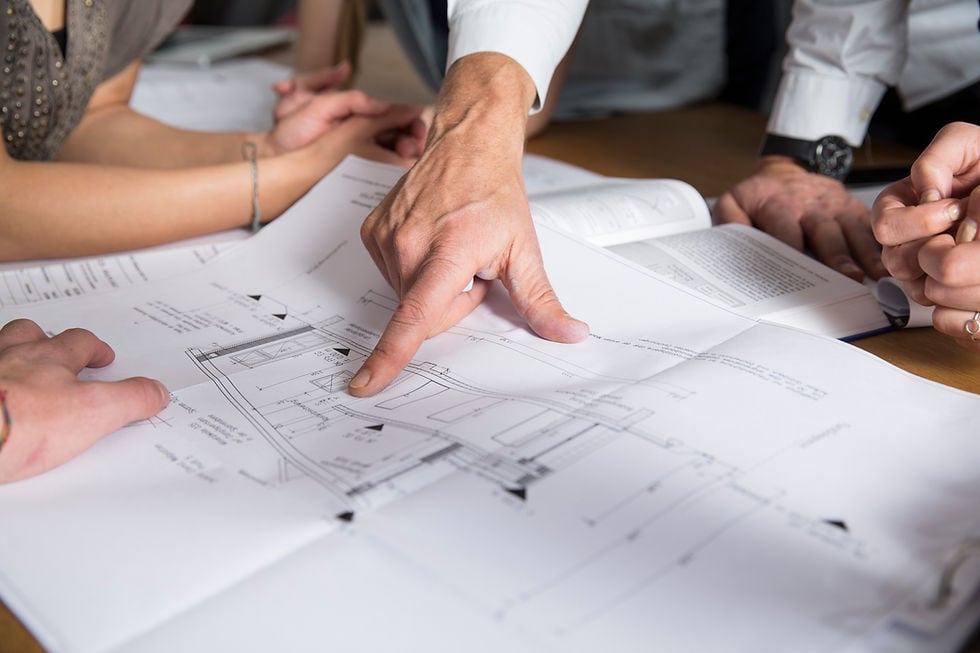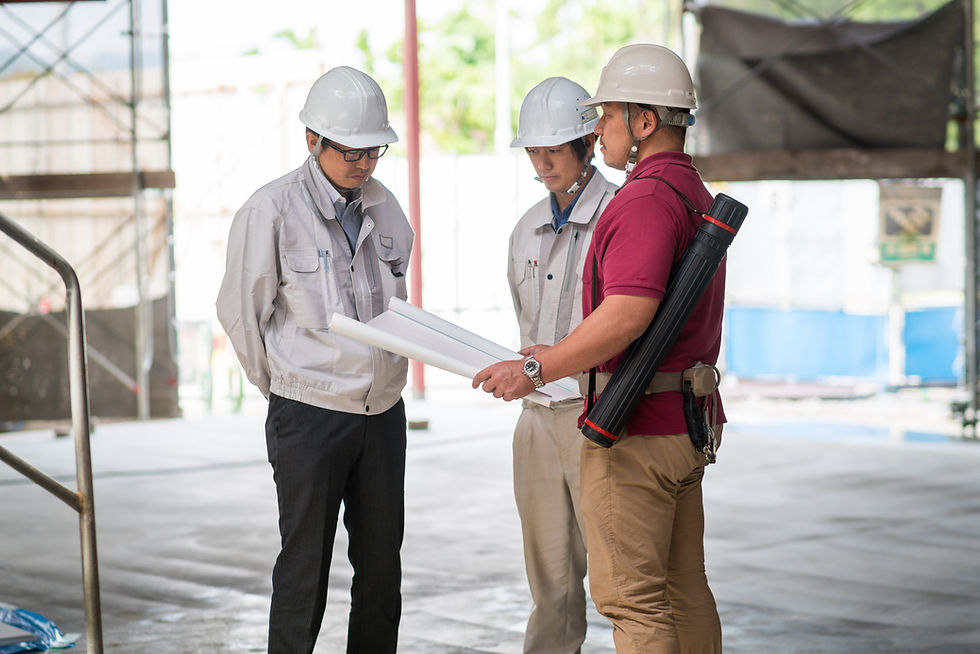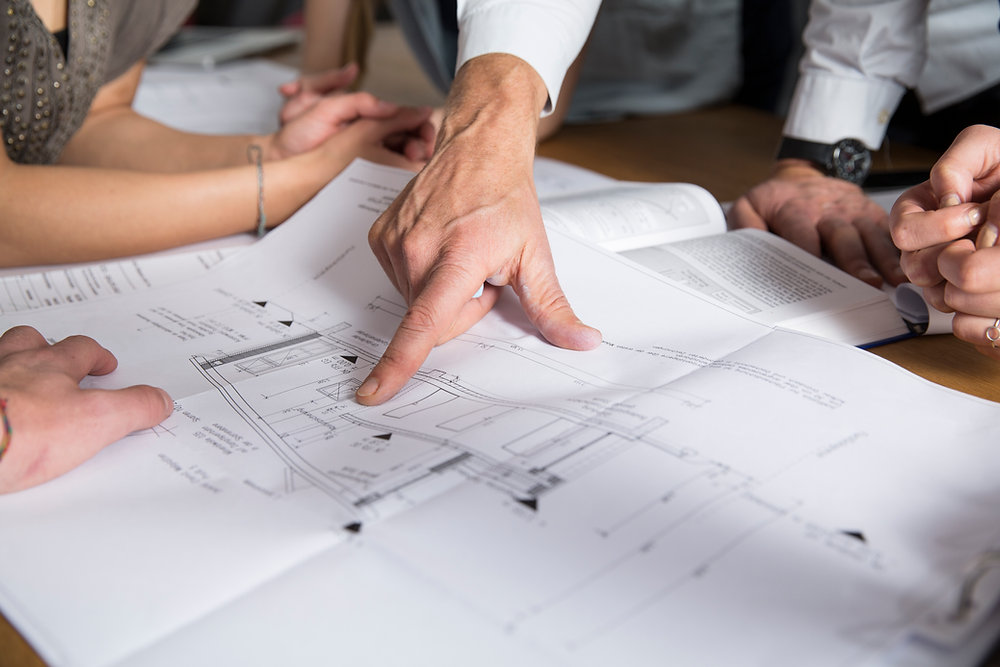Common Causes of Construction Claims
One of the most common contributors of construction claims is the hesitancy to spend the required effort to clarify the scope and terms of work during initial project phases. This often results in changes to design, scope, and schedule during construction, which can lead to a tidal wave of construction claims heading your way.
The second most common contributor is the unclear communication of contract intentions causing misunderstandings regarding the risks and responsibilities assigned to the contracting parties.
Below I've listed some other common causes of construction claims and some tips on how to avoid them:
1. Contract Errors and Omissions
A contract error is a very common cause of construction claims. They're also the easiest to prevent, as long as you have a good lawyer and review your contract carefully before signing.

Typically, they can be caused by a typo or another mistake in drafting the contract, but sometimes they're harder to spot. For example, if your contractor agrees to build something for $100 per square foot but doesn't include any details about how big each room was supposed to be or what materials were used in their construction, you may end up paying more than necessary because the contractor assumed that you wanted them built out at full size with all the amenities included in that price point—even though they didn't actually say so!
There's no way around it: unless another party has been involved in writing up these agreements (like an insurance company), then it's always best practice for you and your partner(s) involved in making these decisions review everything together before any contracts are signed off on.
2. Scope Change

A good project manager should have a good understanding of what was included in the original bid documents and what was not included. It's important that they also communicate effectively with their client if there are any gaps within the scope so that work can continue smoothly throughout construction.

There are many reasons why a project manager might miss something from the scope document. Sometimes it's an oversight, other times it may be intentional. Some items that should have been included in the original design can be added later on in the process if they are deemed necessary, but this likely results in increased costs due to the increased difficulty to incorporate the changes into the project's design.
3. Incorrect or Incomplete Design

When it comes to construction claims, one that I'm sure all contractors have experienced at some point, is incorrect or incomplete design. In many cases, designers are not always right, and oftentimes they tend to copy and paste assemblies into their drawings in an effort to increase productivity.
4. Differing Site Conditions

Site conditions can change significantly from what was reflected on the initial design package, which can lead to production delays. Weather conditions are unpredictable, and if site access is difficult, contractors may claim for additional time spent trying to deliver/install goods.
If the contractor does not recover any costs associated with these claims from the subcontractor responsible for them, these extra costs will ultimately be passed up the chain as a higher price.
5. Client Intervention
Client intervention can be one of the most frustrating causes of construction claims. This is not because clients are inherently bad or difficult to work with, but rather because they are often inexperienced and unsure how to manage the process.

Client intervention can be a good thing if it improves the project’s design or scope, but it can also be a hindrance if there are too many changes requested at once, or if those changes cause delays in production schedules and cost overruns.
Client intervention can also delay projects when items that were originally agreed upon are removed or changed without notification from the contractor to their subcontractors, which may result in additional costs for materials needed for these new tasks (and extra labor hours).
Need tips on how to better manage client relationships? Check out our article here!
6. Faulty Workmanship
Faulty workmanship is when the contractor does not complete his work to the agreed-upon specifications.

This could be caused by a number of factors, including:
-
Poor management, lack of training and planning. These can lead to delays and extra costs for all parties involved.
-
A constrained budget. This can result in low-quality materials or less experienced workers being used on a project, which can lead to faulty workmanship. In some cases, it may even be a deliberate choice made by the contractor in order to save money on supplies or labor—in which case it would become fraud if they are aware that their decision will result in faulty workmanship but neglect to inform you as such before commencing with construction activities.
7. Project Delays
Delays are one of the most common causes of construction claims. Delays can have multiple causes, but some of the main culprits include a lack of resources and coordination, poor scheduling, or lack of management skills.

Delays caused by weather or other environmental factors are usually unavoidable and therefore not something that can be prevented when developing a schedule for a project. However, other delays which are typically caused by humans can be avoided by taking steps to ensure that proper planning is done before beginning any project.
For example, if you're building an apartment complex and need to start construction before winter arrives so that work won't be disrupted by snowfall later on in the year (a common problem during cold winters), then it's important that you plan ahead so you know exactly how long each stage will take before starting those stages. This way there won't be any surprises down the road when it comes time for final inspection.
For more tips on managing project delays, check out our articles on how to avoid delays and how to mitigate the impact of delays on your projects!
Conclusion
If you’re looking to avoid construction claims, it's essential you do your homework and ensure everyone is in line with the scope and requirements. It is important to have comprehensive contracts with clear language that outline the responsibilities of all parties. You should also try to keep changes to your project scope minimal and as early in the project as possible so that risks can be identified and minimized before they become major issues. Finally, if you notice something wrong during construction or even after construction has been completed, report it immediately!






